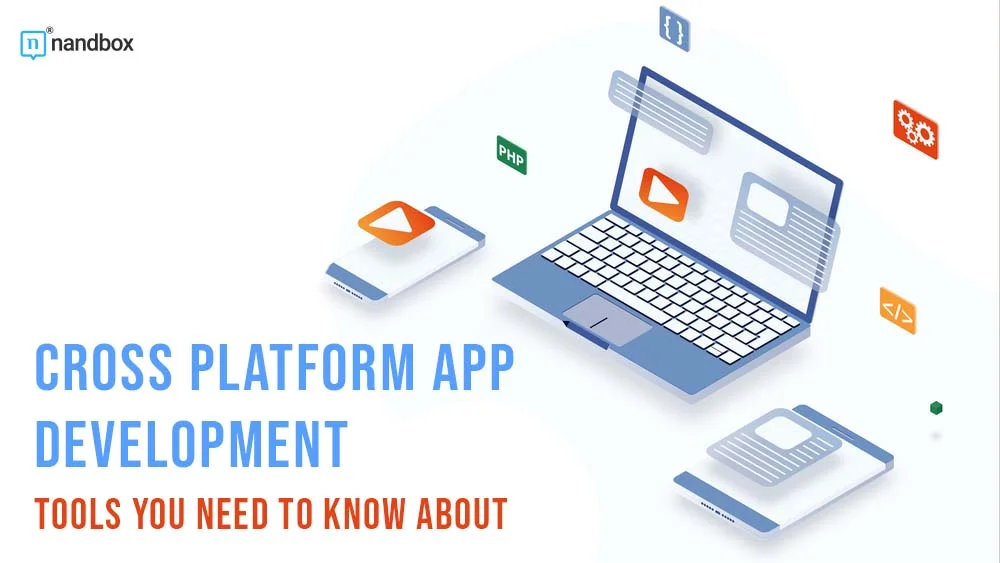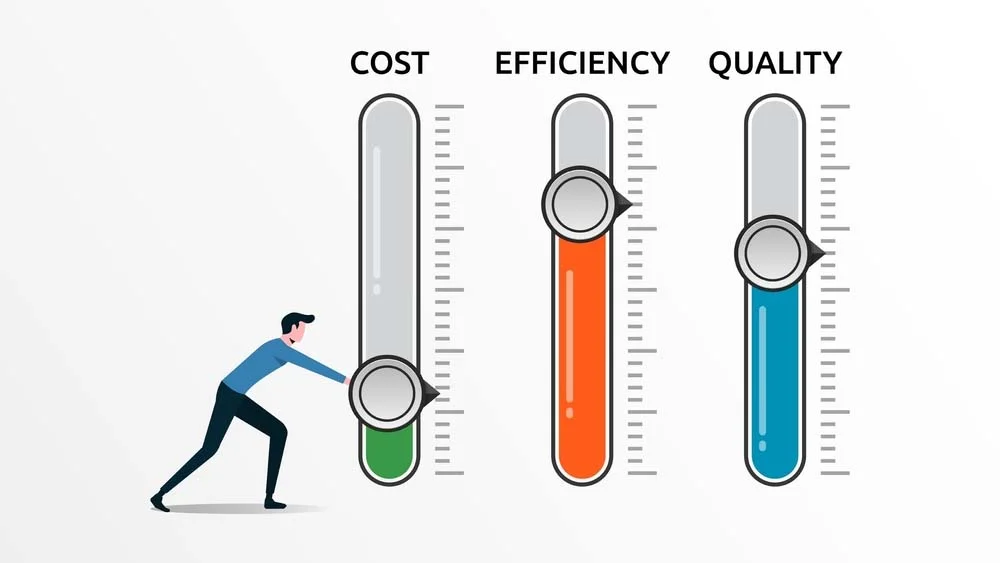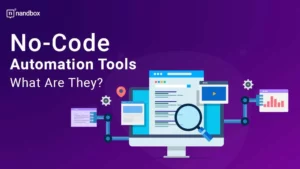Beginner’s Guide to Cross-Platform App Development Tools
The presence of many operating systems with different requirements and guidelines leaves developers in a pretty difficult situation. This challenging situation involves following these various requirements to make different versions of one app. Fortunately, for each problem, major or minor, the app development has an effective solution. In this case, cross-platform app development is the ultimate solution that helps developers significantly. This article will explore and demonstrate everything regarding cross-platform app development and how it positively impacts the app development process. We will also shed light on the best cross-platform app development tools developers can use to enjoy a seamless process.
What is Cross-Platform App Development?
As we mentioned in the introduction, developers have been stuck in a somewhat tight situation of trying to abide by the ever-evolving requirements of each operating system. For instance, if a developer wishes to create an iOS app and an Android app for the same app idea, he would be obligated to go through two separate app development processes for each. This obviously would take a toll on the developer’s productivity and consume much time, energy, and resources. So, instead, developers now use a much better approach for developing one app that would be compatible with app OSs.
Cross-platform app development is the process of building apps for more than one operating system using a reusable code base. The one-reusable code base approach lifts a major burden on many developers and businesses, as there is no need to make separate code bases for each OS. Instead, what they would do is create one code base that could fit any platform, as well as one user interface and layout. This approach can help developers create apps that could work on iOS operating systems, Android, the web, and so on.
Cross-Platform Apps Examples
You’d be surprised to know that plenty of the apps that you use daily are made using the cross-platform app development approach. For instance, the renowned social media application Instagram is a cross-platform app. It is used across all platforms while offering the same capabilities and functionalities. Airbnb is also an app created using cross-platform app development. Using this approach allows the app to provide users with the best uniform experience across all operating systems.
Pros of Cross-Platform App Development
Cost-Effectiveness
The ability to create code once and run it on other platforms is what makes cross-platform app development so appealing to developers. As opposed to creating a native app for each platform separately, this drastically lowers development expenses. Developers can reach more people with a single codebase, which is great for companies on a tight budget or trying to get the most out of their investment.
Consistent User Experience
A common feature of cross-platform app development tools is the provision of libraries and tools for maintaining a uniform user experience across many platforms and devices. Maintaining brand integrity and ensuring user satisfaction depend on this. When developing several platforms, it’s important to keep the visual style and functionality consistent so that users can expect a smooth transition.
Easier Maintenance
It is much easier to maintain and update the application when it uses a single codebase. The elimination of platform-specific codebase maintenance allows developers to more easily fix issues, add features, and enhance existing code. This guarantees that all users, no matter what device they own, can access the most recent version of the app while also reducing the strain on development teams.
Uniform Testing Process
By allowing developers to test on a single codebase for various platforms, cross-platform app development simplifies testing. This lessens the possibility of platform-specific errors by ensuring uniform testing techniques across different devices and operating systems. Improved
What Are the Cases Where a Business Would Need a Cross-Platform App?
So, why would a business turn to cross-platform app development instead of native app or web app development for example? Well, this question has so much to it. There are multiple cases, many of them vital, where a business would need and prefer a cross-platform app over a native one. Sol, let us explore a few.
Targeting a Broad Audience
The first case would be targeting a more diverse and broad audience. When a business goes global and pretty much specifies a limitless target audience, a cross-platform app would be the best option. As we have mentioned previously, the cross-platform app development process is designed to provide a consistent experience across all platforms using a single codebase. This allows businesses to offer their application with all its values, benefits, and features to as many people as possible. This is disregarding the operating system or device they are using.
Limited Resources
Another case where cross-platform app development would be ideal is owning limited resources. Many small businesses now prefer starting with an application, which is the best jump-start for any organization. However, this jump-start also requires much money, effort, and resources to be available on all platforms. Luckily, cross-platform app development allows small businesses to accomplish this with very limited resources. This is because the cost, tools, and time needed for conventional development would be reduced to less than half when following the cross-platform app development approach and tools.
Business Apps
The last case when a business would consider following the platform app development approach is when creating an internal communication or business app. An internal business app is usually developed to streamline the communication process between departments and enhance the quality of business operations. The entire organization would, of course, use an internal business. This means that if a business intends to create a native app, for instance, it would require much time, effort, and resources to create an app for each operating system and device used by employees. That is why businesses usually go for cross-platform apps for better performance and faster development.
Cons of Cross-Platform App Development
Just like any other app type, cross-platform app development also has some drawbacks that can be maintained or not. These cons vary in significance and majority, as some can be inconsiderable and easily resolved.
UI/UX Consistency Challenges
It might be difficult to create user interfaces that are consistent and work well across various platforms. To give just one example, iOS and Android have different style guidelines, user expectations, and rules. Despite efforts by cross-platform app development tools to minimize these variations, pixel-perfect uniformity is often impossible to achieve, which can cause problems for the user experience.
App Store Approval Challenges
The app store review procedure can be difficult for some cross-platform applications. Possible rejections or delays could occur if some platforms’ requirements for cross-platform applications are more strict than others. Customization may be more involved and time-consuming if you try to meet the unique needs of each platform.
Latency in Adopting Platform-Specific UI Trends
Each platform’s user interface trends and design standards can develop at their own pace. It may take some time for cross-platform app development tools to adjust and absorb these changes, which could cause apps on some platforms to look outdated or out of touch with current design trends.
Cross-Platform App Development Tools You Need to Know About
We have demonstrated the significance of cross-platform app development and how it can help businesses in a major number of cases. What we need to explore further are the cross-platform app development tools that make this development process even easier and more streamlined.
React Native
The first cross-platform app development tool is React Native. React Native is a renowned tool that you are probably familiar with and I’ll tell you why. 2012 saw the launch of React Native by Meta, formerly Facebook. This tool has been at the top of the list for some time now and was one of the reasons why cross-platform development gained traction. It was used to develop many popular applications that we use frequently, like Uber, Discord, Facebook, Instagram, and the list goes on. The tool offers many features and capabilities, like code reusability, third-party plugins and applications, and many more
Xamarin
Not just a cool name, but also an excellent tool. One of Microsoft’s many tools is Xamarin, another cross-platform app development tool. This tool is used for building hybrid and cross-platform apps for multiple operating systems and devices. It is based on using a C# common code base for building cross-platform apps. This is because C# is a reliable and optimal programming language to use. It also allows developers to create platform-specific or native UIs. This solves the problem of cross-platform app development tools lacking platform-specific UIs.
Nandbox
Saving the best for last. The last cross-platform app development tool we are going to mention is nandbox. But how would a no-code app builder be used to build cross-platform apps? Easy! Nandbox has all that it takes to build robust cross-platform apps. Through a shared codebase and compiling the guidelines for the material design of both iOS and Android, nandbox allows developers to create a cross-platform app that works on all operating systems. All of this is in one place, with a library of robust features that a developer can drag and drop into his app easily and swiftly. Nandbox also offers the best and most affordable pricing plans, starting at only $49 per month! Enjoy an unstoppable cross-platform app development tool and create the best apps for your business with nandbox now!








